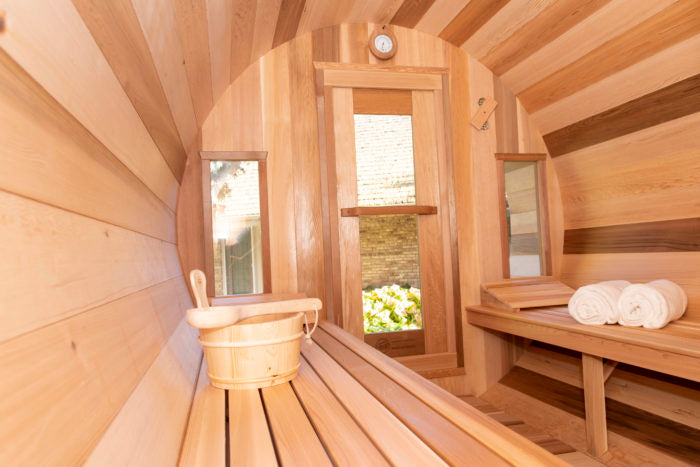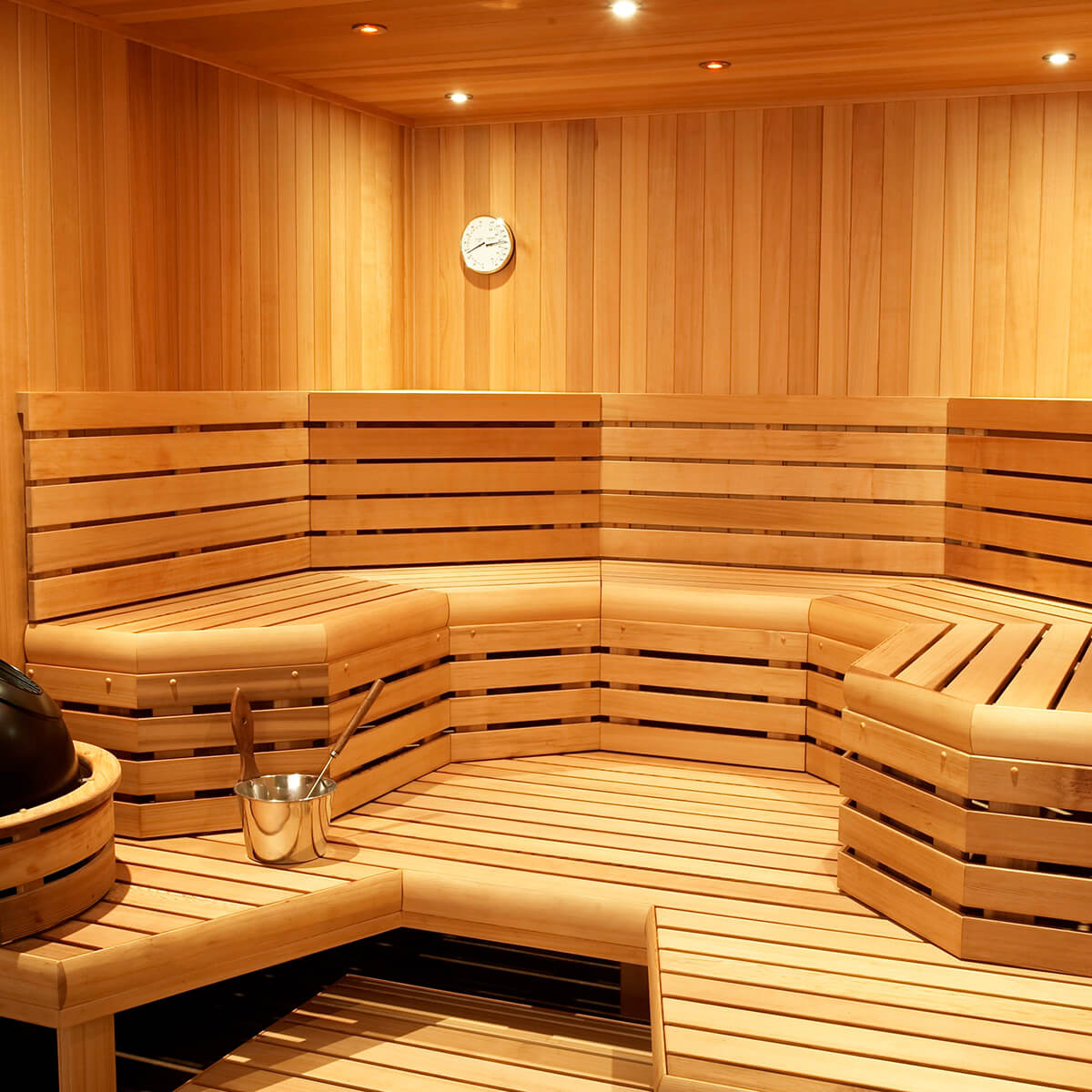8 Easy Facts About Traditional Sauna Shown
Table of ContentsTraditional Sauna Can Be Fun For EveryoneThe 25-Second Trick For Traditional SaunaSome Known Details About Traditional Sauna Traditional Sauna - An OverviewThe 10-Minute Rule for Traditional Sauna
A lot of the weight shed in a sauna is water loss and is re-gained upon rehydrating. Without a doubt sauna can be an important part of a healthy weight loss program. To take a look at the differences between standard and IR saunas, I will certainly separate these into verifiable, theoretical, and fabricated differences.Thus, the hottest factor in the saunawhich goes to the ceiling straight over the sauna heateris commonly in between 185 and 190 F. Claims that a typical sauna goes beyond 200 F is just not true and not appropriate for electrical saunas offered in the United States. The temperature for a far-infrared sauna is normally set in between 120 and 140 F; nonetheless, unlike the typical sauna, the objective in and IR area is not to accomplish a heat.

When a conventional sauna has actually been appropriately heated, the sauna wall surfaces are warm, the air temperature level has attained set temperature level and the rocks are super warmed. As an interesting side note, the warmed walls and the rocks are producing far-infrared warmth, combined with the warmed air, to develop an "wrapping up heat".
Not known Incorrect Statements About Traditional Sauna
When the high temperature level is accomplished, the components cycle on and off to maintain the high temperature. A lot of traditional sauna individuals appreciate pouring water over the rocks to produce heavy steam to elevate sauna moisture levels. The benefits of pouring water over the rocks consist of: making the area more comfortable, moistening the nasal passages, and enabling the usage of aromatherapy by blending important oils with the water.

When the power gets in the body, it triggers the body temperature level to boost and eventually results in perspiration. In an infrared sauna it is essential for the emitters/heaters to remain on practically continuously. Because there is no mass of rocks to keep heat, the sauna will cool down if the emitters shut down.
Not known Details About Traditional Sauna
As stated above, the sauna bather in an infrared room intends to place himself in front of running emitters to get optimal gain from the heat. The home heating time for the two areas can be really different, depending on exactly how the rooms are utilized. For a traditional sauna, a bather needs to enable 30-40 mins for the space to achieve a wanted temperature and to effectively pre-heat the rocks.

A well constructed sauna will usually attain a temperature level of 150-160 F in about 30-40 minutes. For hotter temperatures, the space might require to warmth for a longer period.
To some, 15 minutes was "squandered" while the infrared power warmed the timber panels as opposed to heating a body, while others find a pre-heated room to be a lot more comfy and think a raised beginning temperature level is necessary to begin perspiring. The length of recommended use web link for each room is roughly the exact same (10-15 mins per session); however, due to the lower air temperature levels and the capacity to feel the effects of infrared warmth quicker than a typical sauna, it is not uncommon for an individual to spend a total amount of 20-30 minutes in an infrared sauna.
Getting The Traditional Sauna To Work

The ordinary cost per kWH of electrical energy in the U.S. is around $0.11, so a 4.5 kW heating unit will certainly set you back around $.50 to run for one hour, if the heater runs continually for one hour. Usually a sauna heater will weblink compete 75% of the very first hour and 50% of subsequent hours on since the elements cycle once the established temperature is accomplished.
A two person far-infrared area is normally physically smaller than a typical sauna, frequently concerning 4' x 4' or smaller sized. The IR heater is usually 1.5-1.7 kW making use of a 120 volt 15 amp plug-in solution. Since the room can be made use of earlier than a her comment is here sauna space, we will presume the area is made use of for to of an hour including warm up time.
Lastly, there is a rarely reviewed distinction in the social experience in between the two rooms. While our society has actually shed several of the social advantage of the standard sauna experience, it can be really socially fulfilling (Traditional Sauna). From family members time in the sauna, to heart-felt discussions with substantial others, to sauna partiesthe traditional sauna experience can cause intimate mingling
Traditional Sauna Fundamentals Explained
Many greater end infrared spaces consist of colored light therapy, audio systems and full-glass fronts.